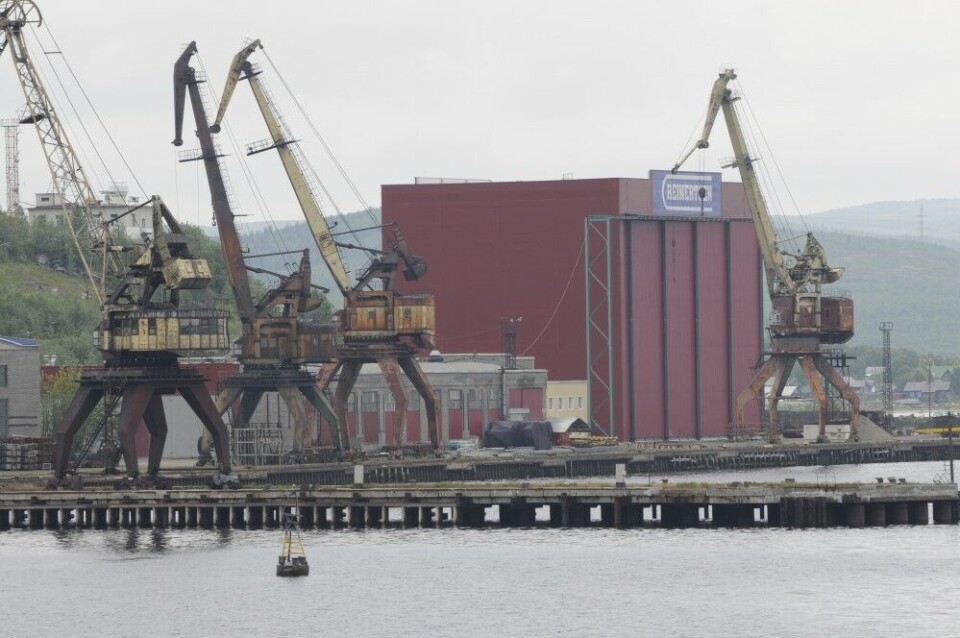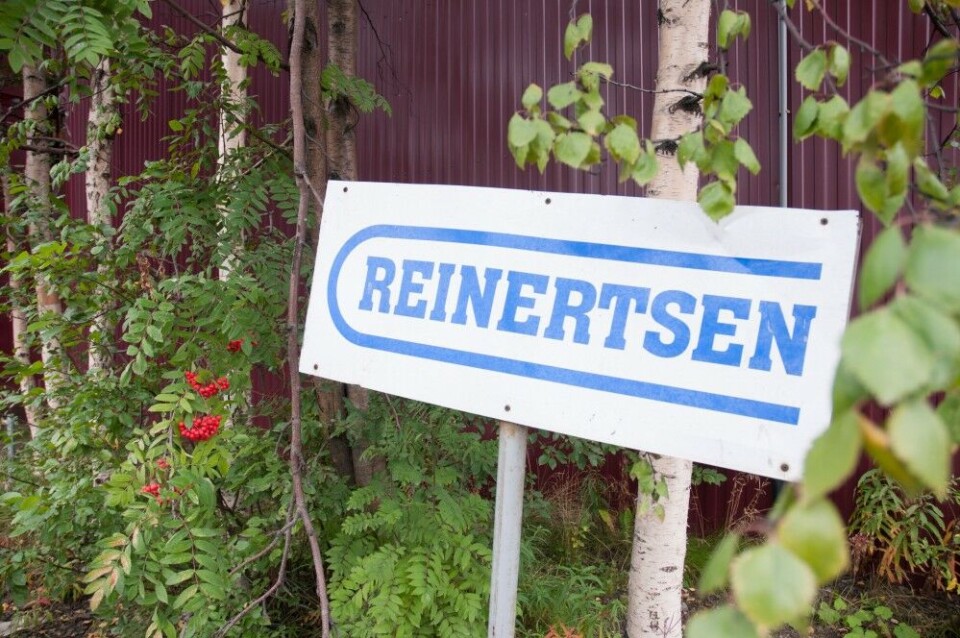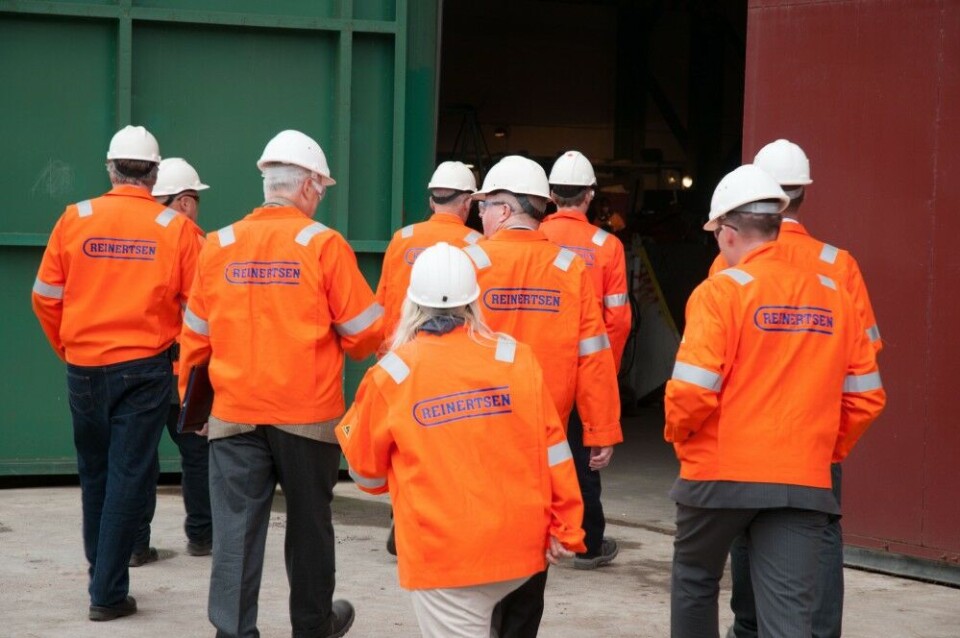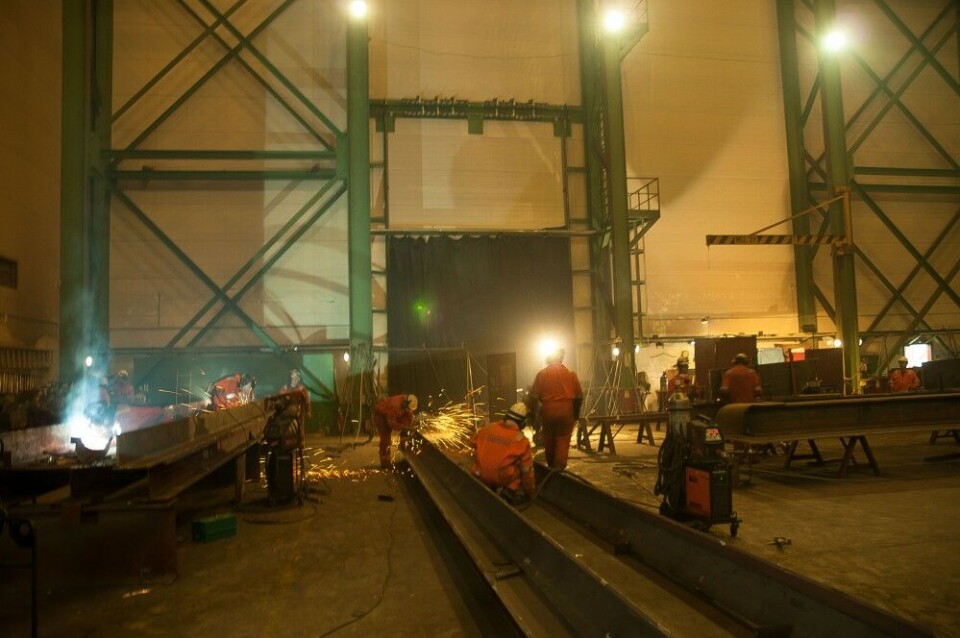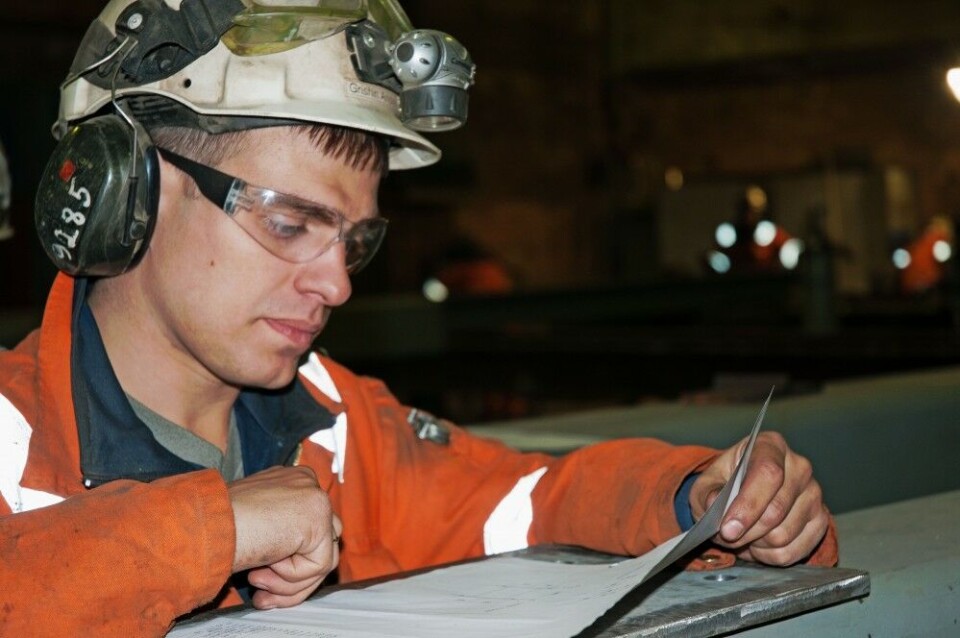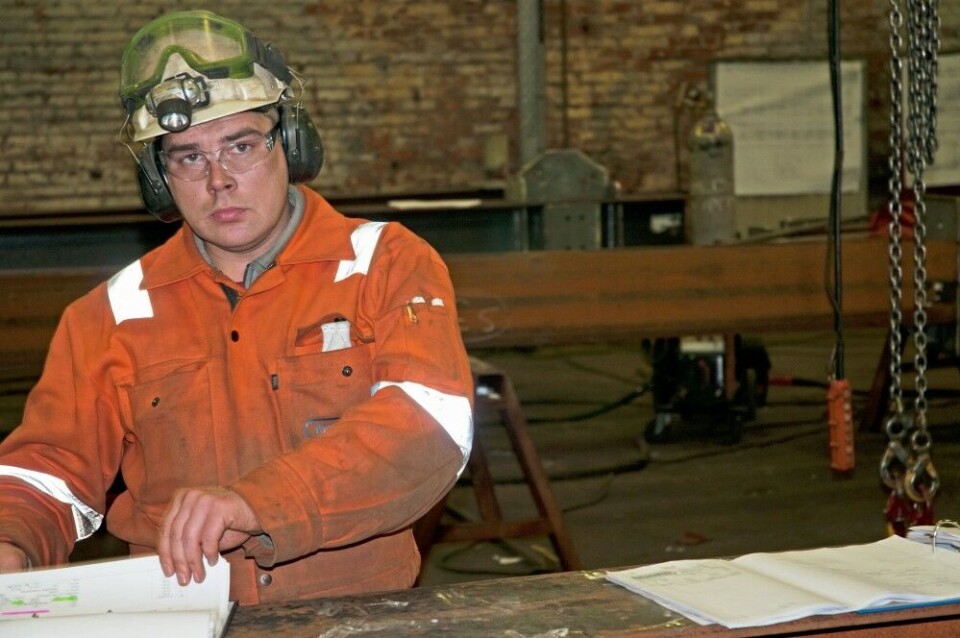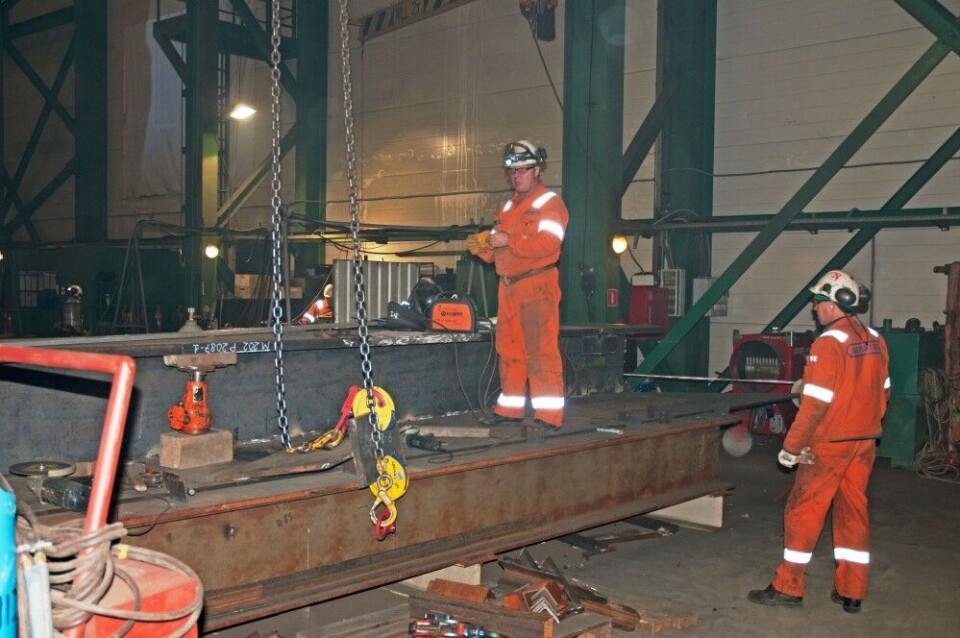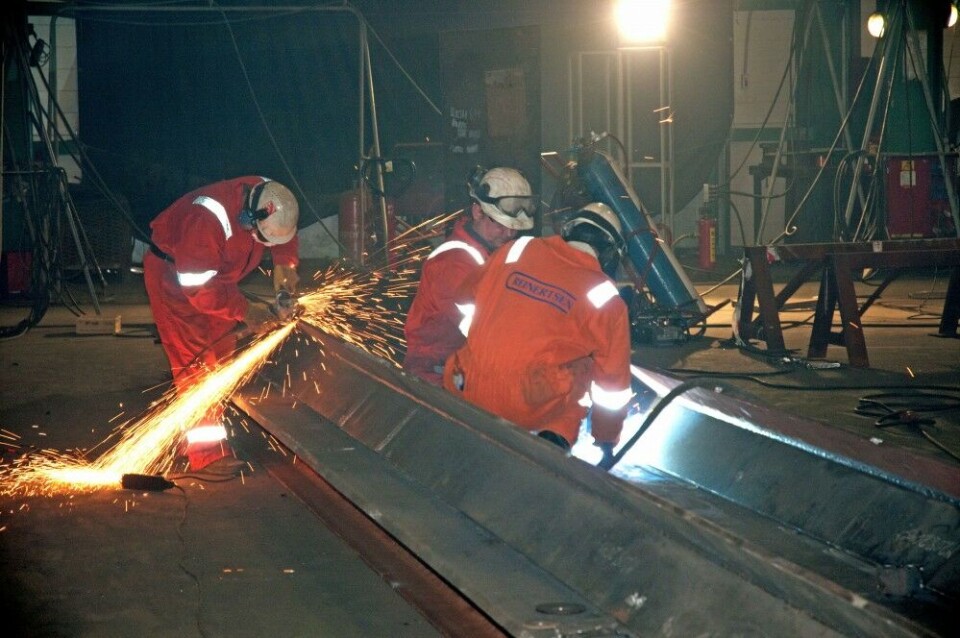Closed and silent at Norwegian business pioneer in Murmansk
Unclear what will happen at the former busy facilities of Reinertsen Northwest Russia.
p.p1 {margin: 0.0px 0.0px 0.0px 0.0px; font: 11.0px Helvetica; color: #000000; -webkit-text-stroke: #000000}p.p2 {margin: 0.0px 0.0px 0.0px 0.0px; font: 11.0px Helvetica; color: #000000; -webkit-text-stroke: #000000; min-height: 13.0px}span.s1 {font-kerning: none}
The huge red hall and manufacturing facilities located at Abram-mys across the Kola Bay from the centre of Murmansk is visible from far away. Reinertsen’s Russian subsidiary was once a display window for optimism and flourishing cross-border business possibilities in the Barents Region.
Not so any more. Today, Reinertsen Northwest Russia is just an added example of over-optimistic Norwegian businesses in the Murmansk region.
Reinertsen opened its first manufacturing hall near the fishery harbor in 2005. After a few years, the company moved the production to larger space across the bay.
Soon, several hundred workers and design engineers were involved in manufacturing metal modules for offshore oil and gas sector. First of all for the Norwegian continental shelf.
Dreaming to get a share of Russia’s Arctic shelf development was, however, the main reason to enter Murmansk.
This was at the time when Gazprom teamed up with Statoil and Total to develop the huge Shtokman natural gas field in the Barents Sea, once a strategic asset supposed to give thousands of jobs in the Russian-Norwegian borderland.
Establishing production in Murmansk, inside the Russian market, was by Reinertsen believed to be an advantage.
Reinertsen soon became the largest Norwegian company on the Kola Peninsula. At the peak, 450 employees were contracted. Statoil was the main customer and with lower labour costs in Russia than home, prefabricated steel structures from Murmansk were sailed to Norway for use at North Sea and Norwegian Sea installations. Reinertsen Northwest Russia even produced moduls for the mining industry in the north.
Then came the slump in Norway’s oil dependent economy in 2015 and the crisis for the supply industry, like Reinertsen, soon followed. Hundreds of jobs were cut.
At home, Reinertsen had a revenue of about NOK 800 million (€84 million) in 2016, but was struggling with debts.
Unclear future
In late March this year, Aker Solutions bought Reinertsen’s Norwegian oil and gas service business. Reintertsen was then Norway’s third-largest maintenance and modifications supplier for the offshore shelf with about 700 employees in Norway.
It is now unclear what happens with the facilities in Murmansk. Neither Reinertsen’s main office in Trondheim, nor Aker Solutions have replied to questions from the Barents Observer.
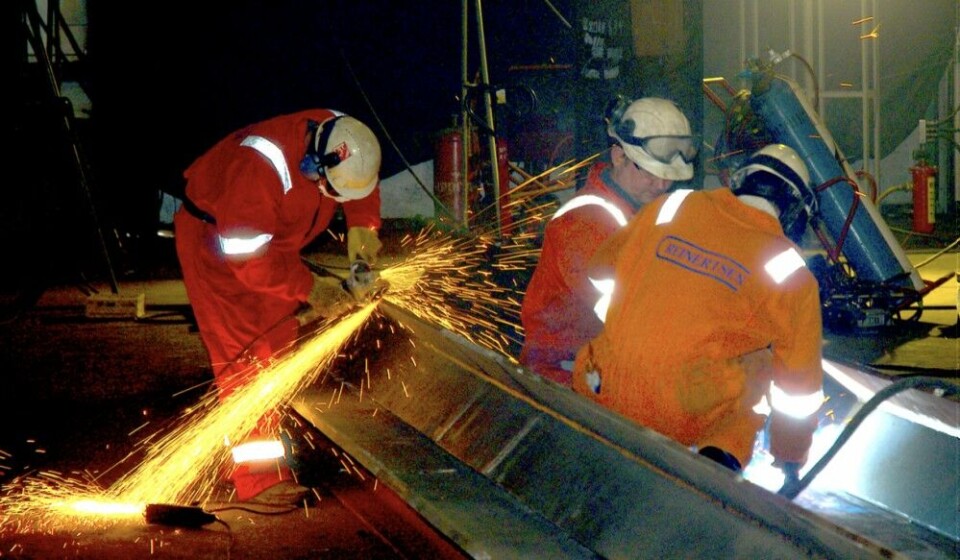
In May, Aker Solutions sold Reinertsen’s yard in Orkanger, Norway.
Slow-speed after sanctions
Oil and gas development in the Russian sector of the Barents Sea is still only in the exploration phase. Huge cooperation projects, like ExxonMobil and Rosneft’s drillings in the Kara Sea were put on hold after sanctions were introduced by the European Union and United States after Moscow’s annexation of Crimea in 2014.
Development of the Shtokman field, holding 3,8 trillion cubic meters of gas, was first frozen waiting for new technology to make it profitable. Then, in 2013, Statoil dropped out and in 2015 Total did the same. Today, Gazprom no longer talk loudly about investing into the Shtokman field.
Many has left
It would be an exaggeration to say that there is a queue of foreign businesses on the doorsteps to Murmansk.
Russia sanctions, culture of bribes and corruption, a justice system difficult to understand and a bureaucracy that triggers more headache than solutions. It’s easy to find stereotype arguments for why you should invest your time and money other places than in northern Russia.

Over the last few years, most Norwegian businesses that opened branches in Murmansk in the 90s have left. Examples are banks like DnB and Sparebanken Nord-Norge, Telecom giant Telenor, Statoil and SIVA business centre. The last was a Norwegian public owned facilitator for assisting new Norwegian businesses to enter the Russian market in the north.
Still big potential
At Norway’s Consulate General in Murmansk, Ina Nygård Mossin stays in close contact with the business community. She says to the Barents Observer that the potential for doing business in the Murmansk region is strengthen the last year.
«Development of the Kola Yard brings new possibilities for Norwegian supply industry,» Nygård Mossin tells. Kola Yard is Novatek’s giant $500 million construction yard for liquid natural gas modules for the Russian Arctic. It will be built at Belokamenka on the west side of the Kola Bay north of Murmansk.
The renewal of Russia’s fleet of fishing vessel is another area where Ina Nygård Mossin sees potential for companies from Norway. Despite several companies leaving Murmansk, she also points to newcomers.
Spatex, a Russian branch of Fretex sells second-hand stuff in Murmansk and in Kirovsk, further south on the Kola Peninsula, Norway Park recently opened an adventure park for winter sports.
Eimskip Norway, Ølen Betong, hotel ParkInn and Barel Electronics are other Norwegian businesses in Murmansk.
Public funding instruments
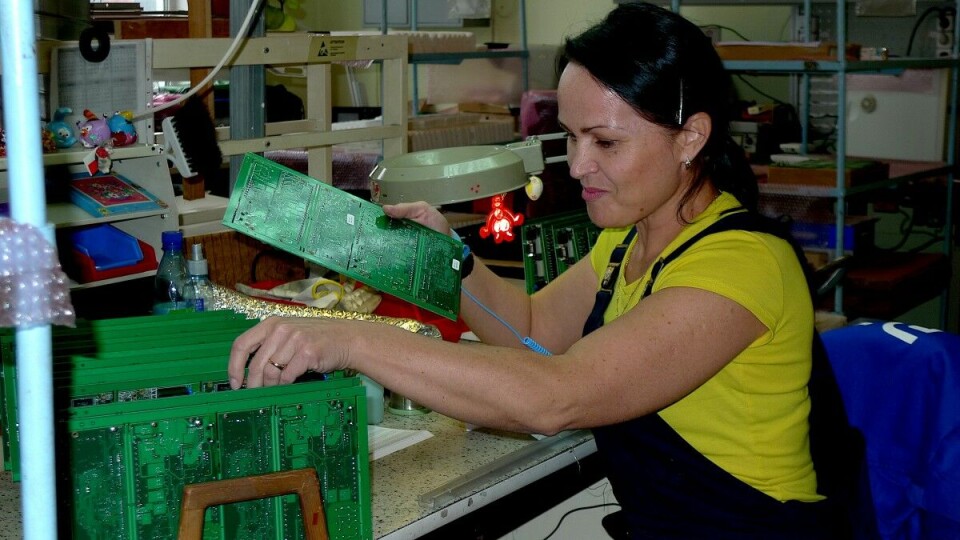
For Norway, business development with Russia has been a key priority in bilateral relations in the north for the last two decades. A study published by Akvaplan-niva says €24 million have been spent through public funding instruments to support Norwegian companies in different sectors to develop projects in the Russian part of the Barents region. Mainly in Murmansk.
p.p1 {margin: 0.0px 0.0px 0.0px 0.0px; font: 11.0px Helvetica; color: #000000; -webkit-text-stroke: #000000}span.s1 {font-kerning: none}
